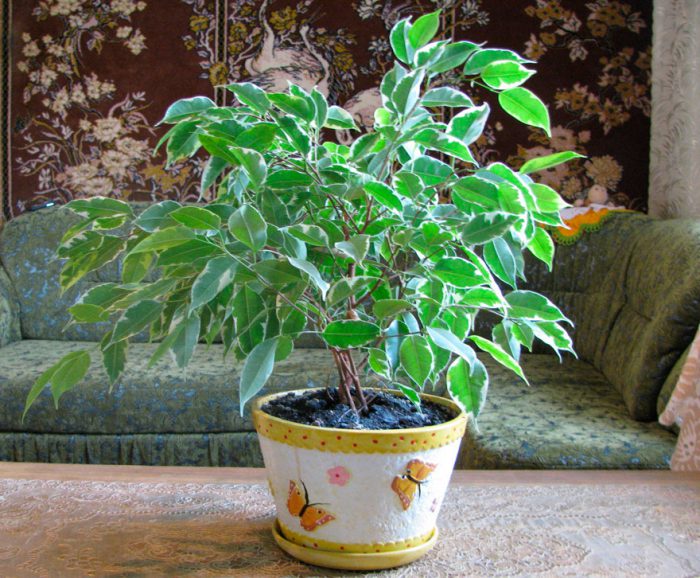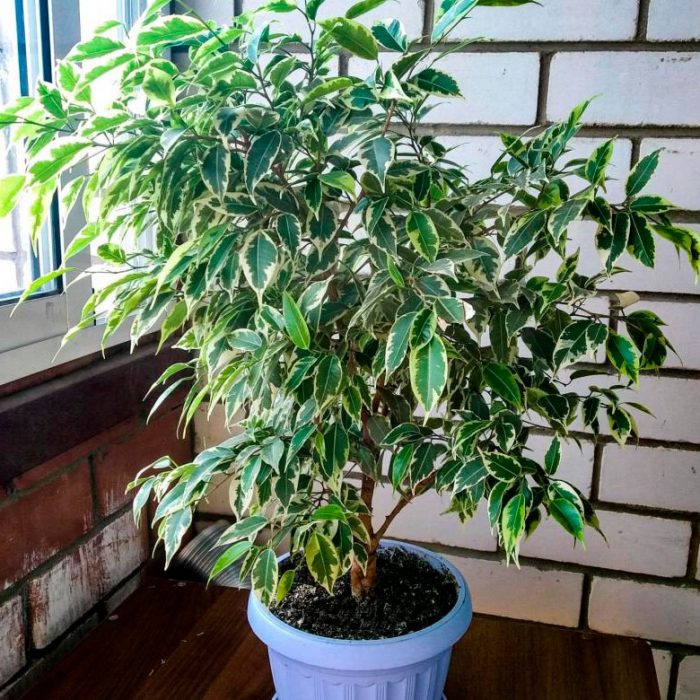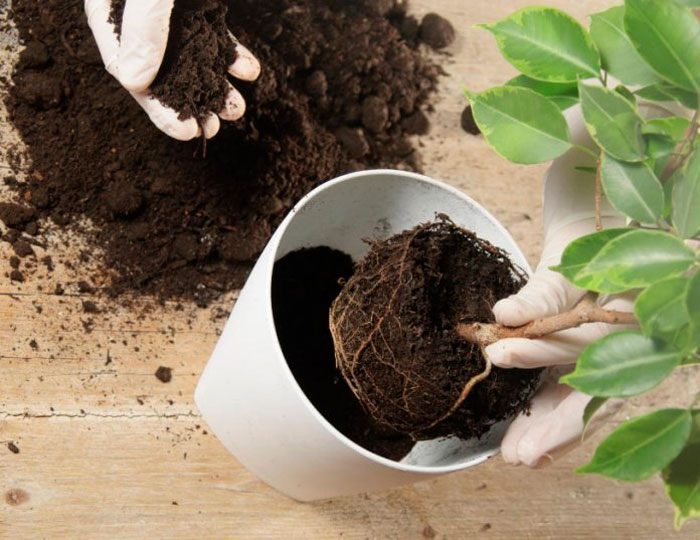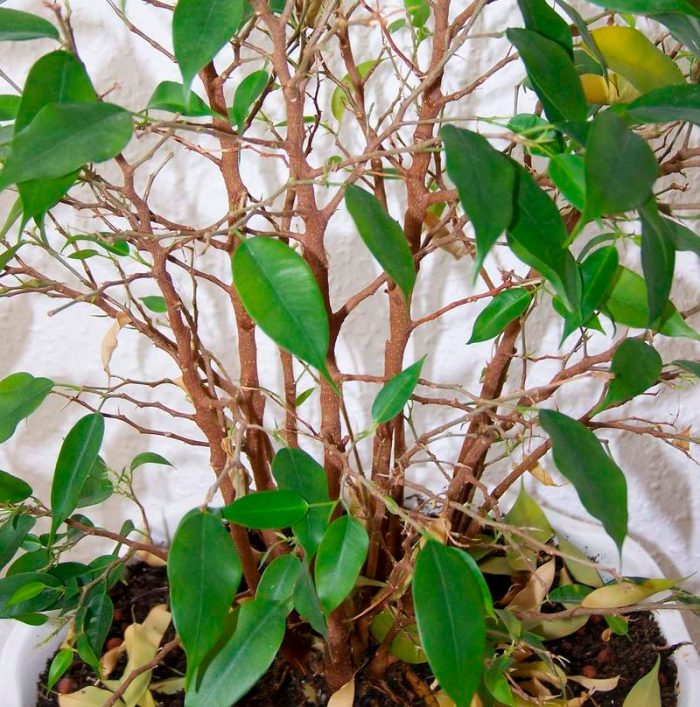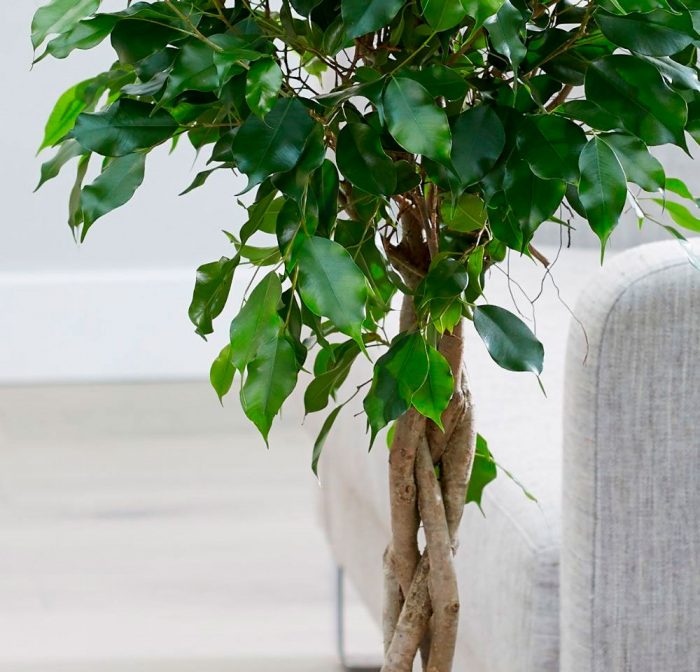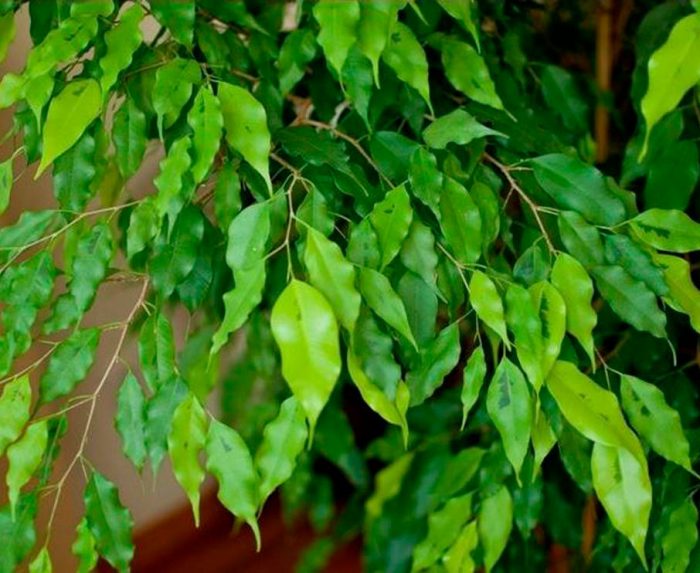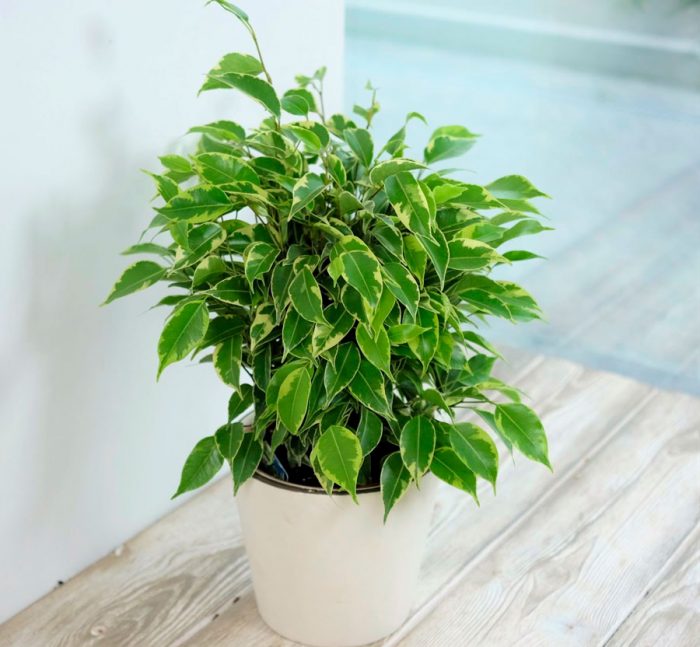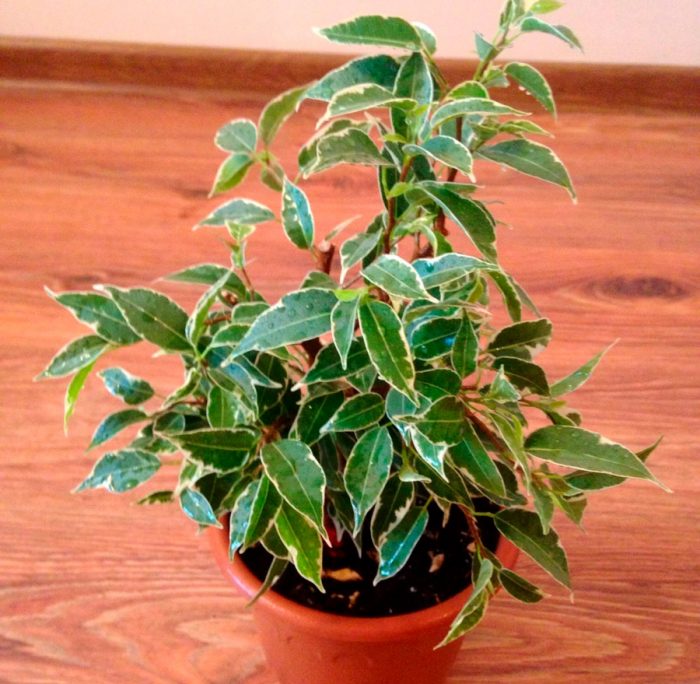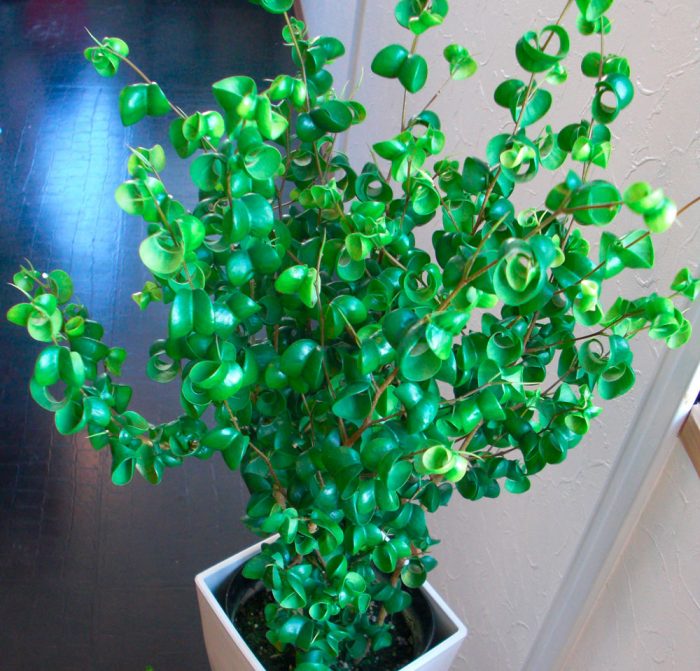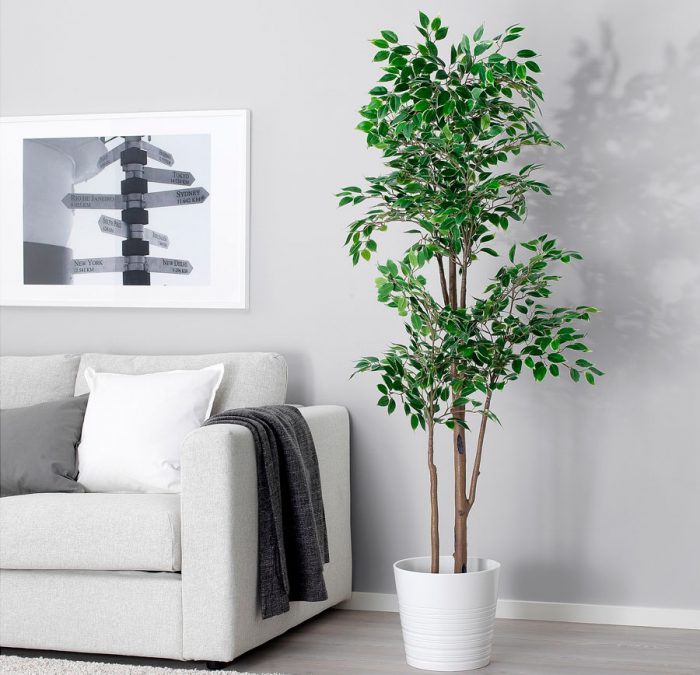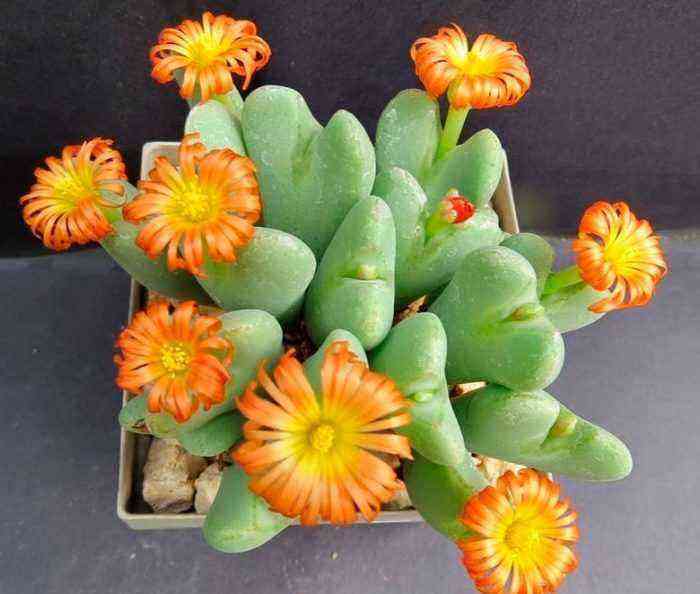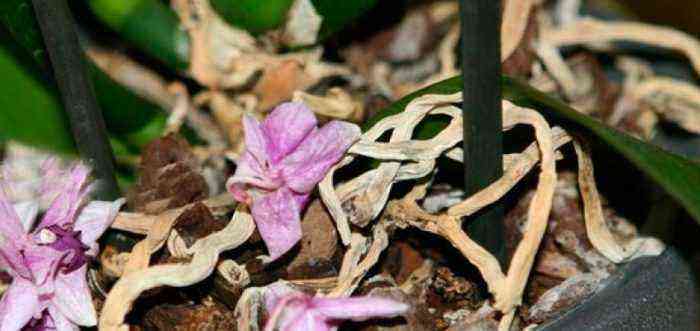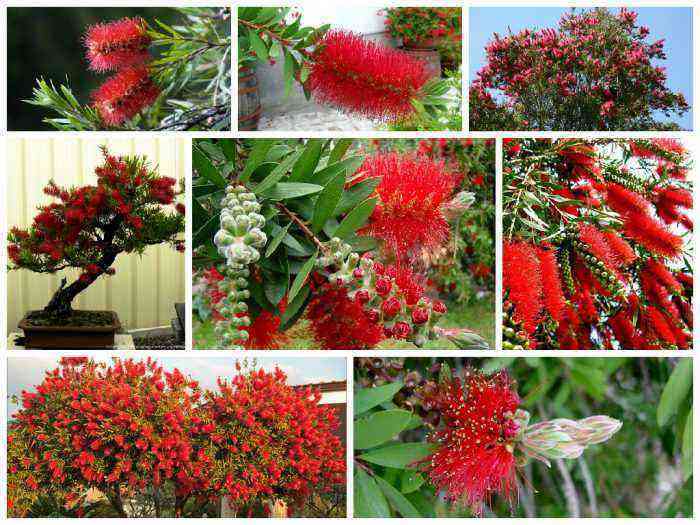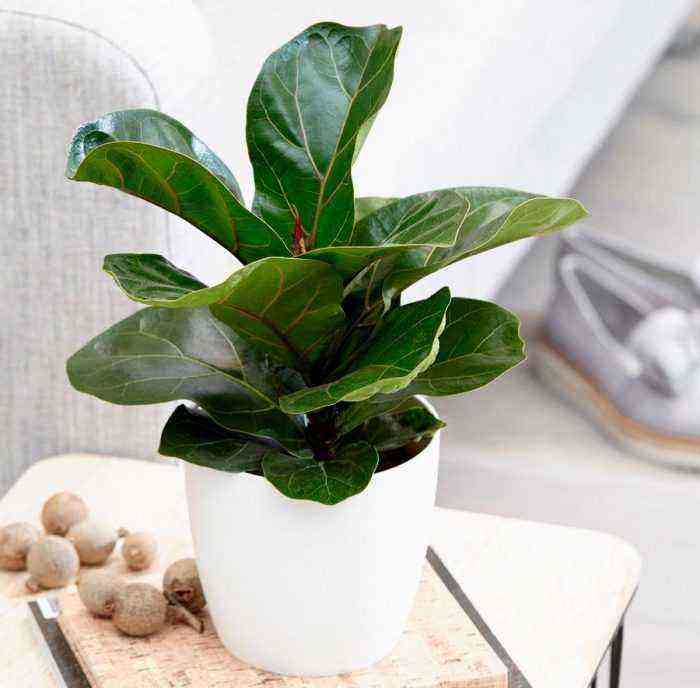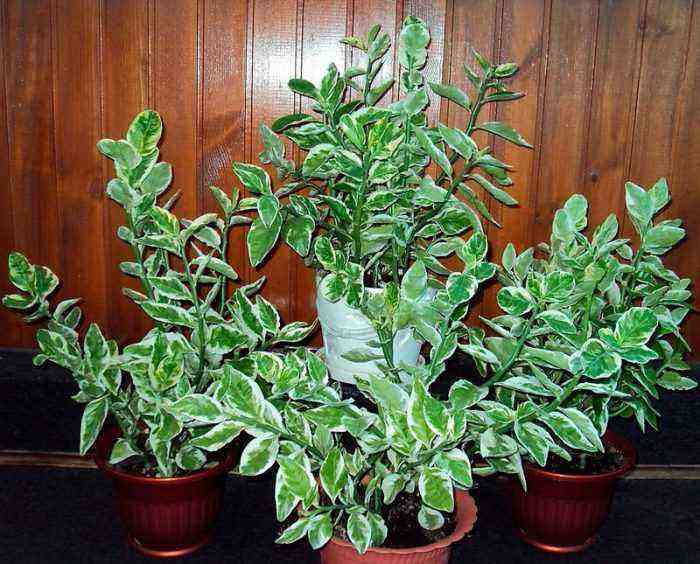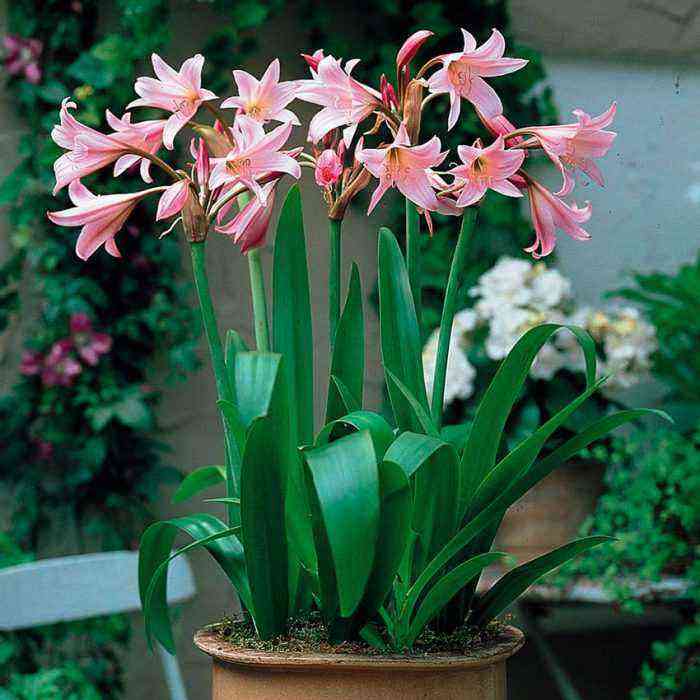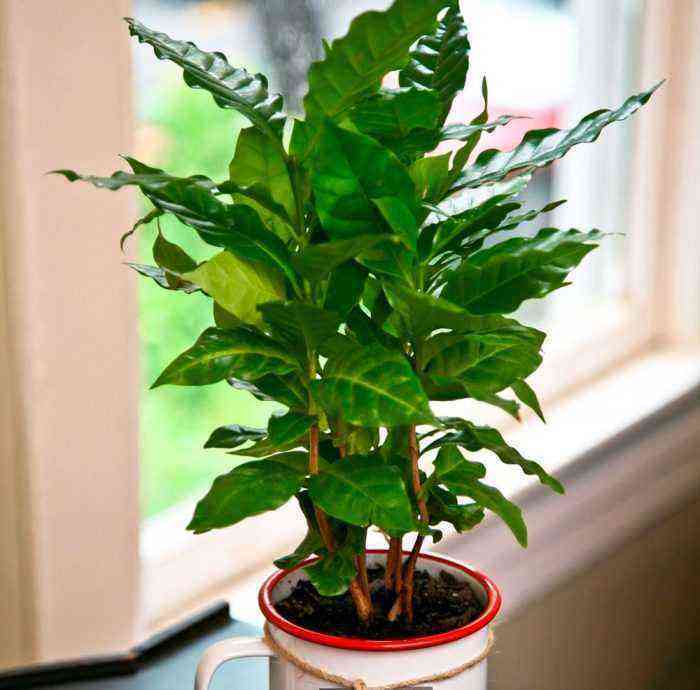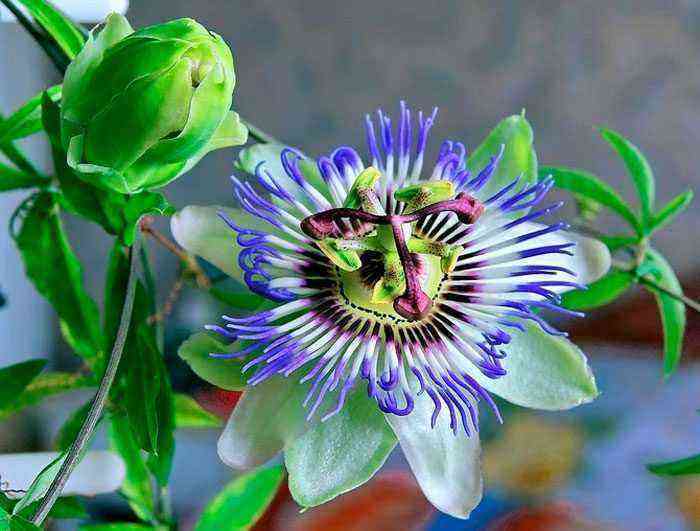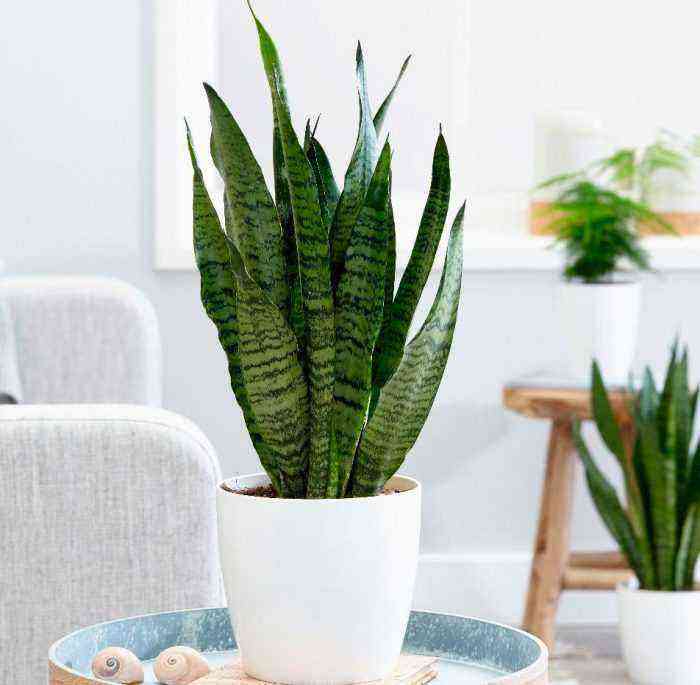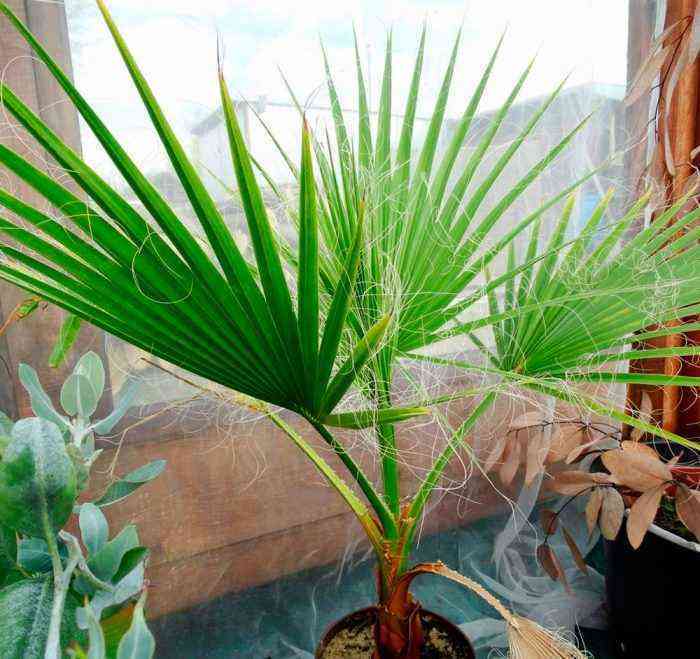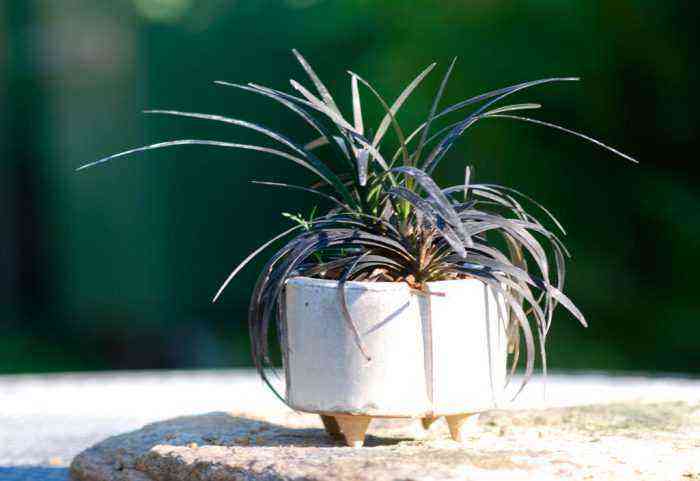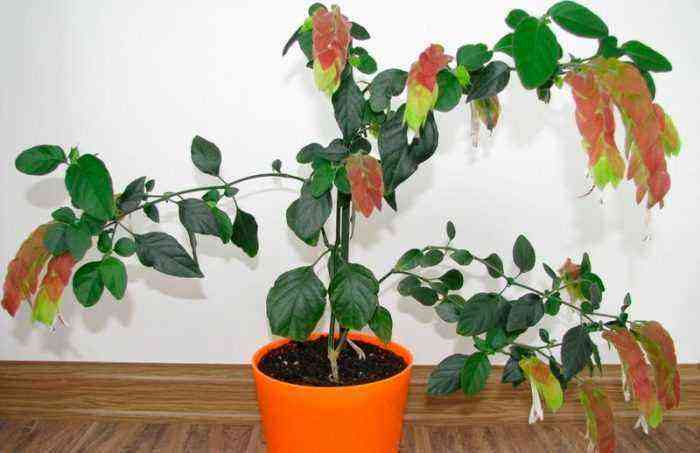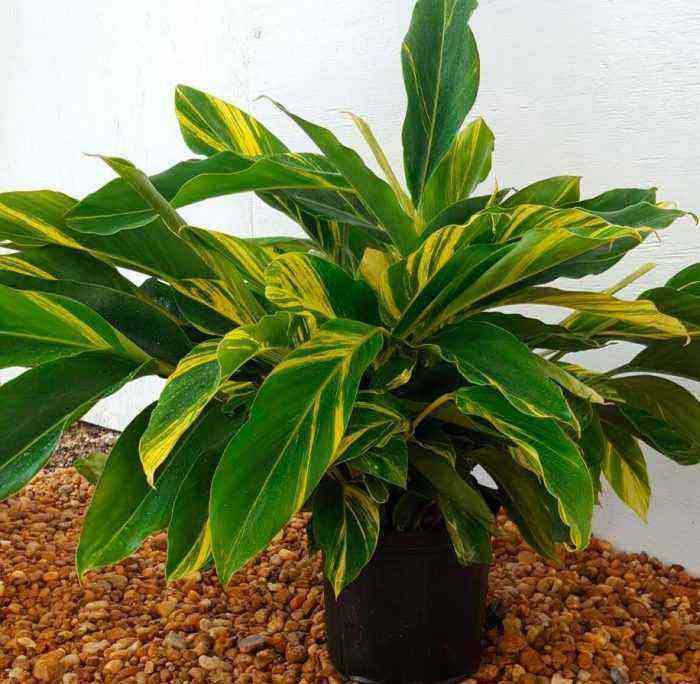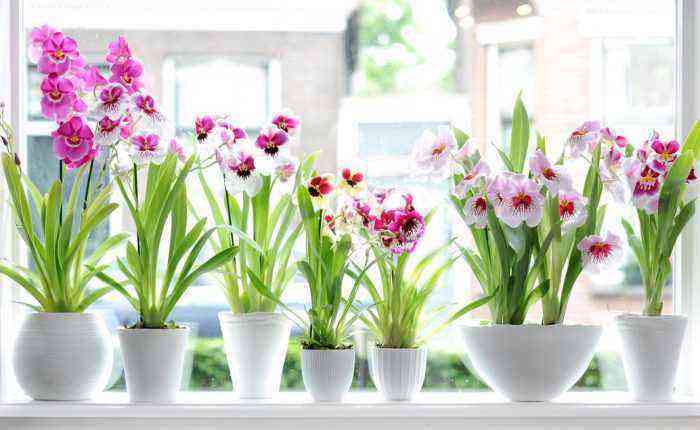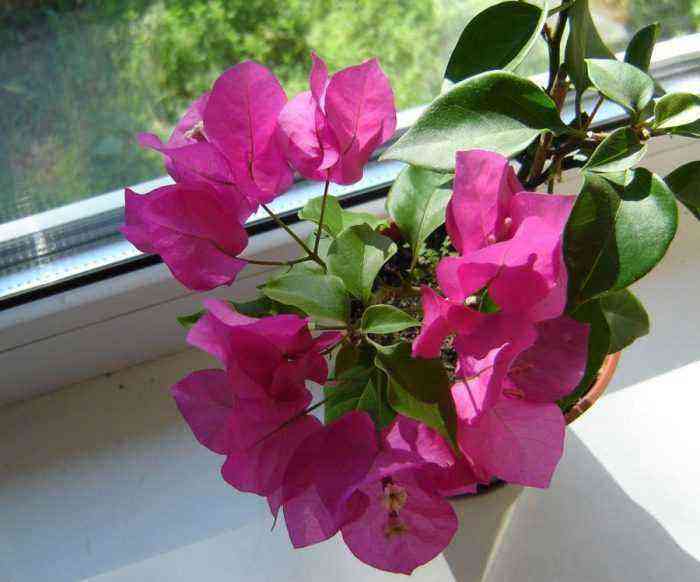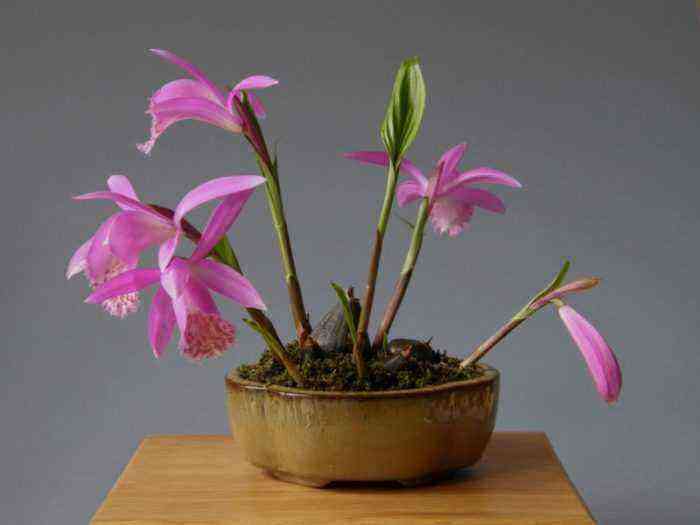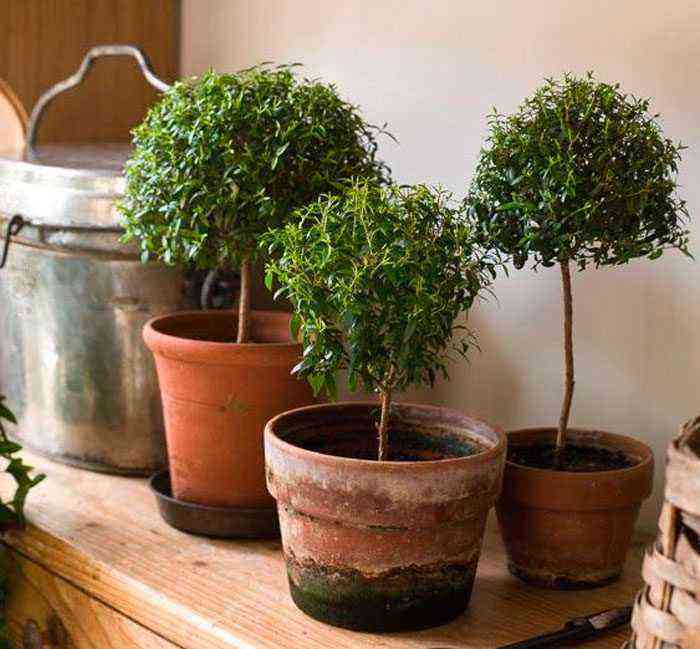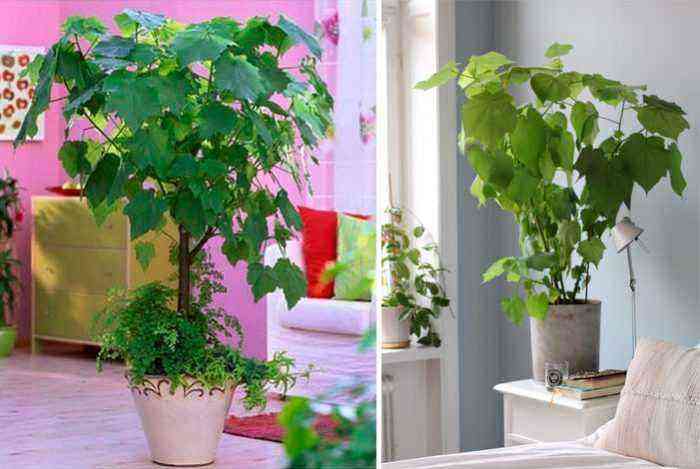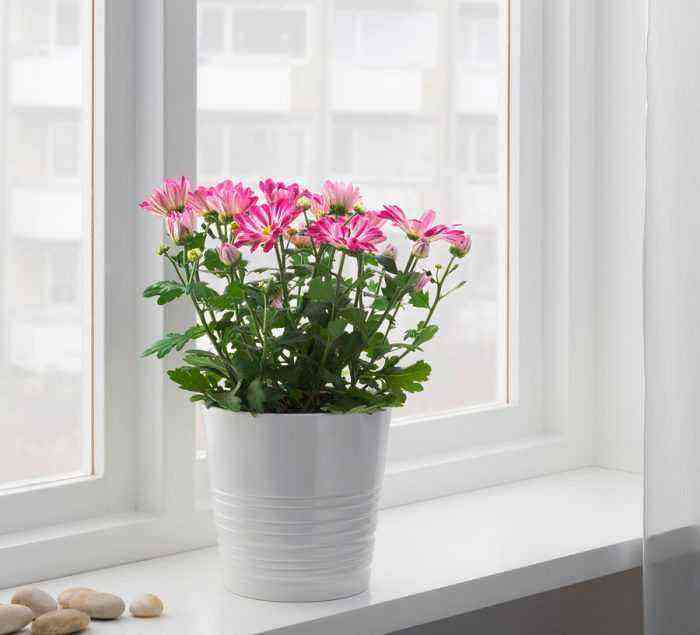The small-leaved shrub ficus Benjamina is a member of the Mulberry family. It is very popular among florists. At the same time, the plant got its name in honor of Jackson Benjamin Daydon, a botanist from Spain. However, many mistakenly believe that it was named after US President Benjamin Franklin. This plant is distinguished by its unpretentiousness, while it is worth paying attention to the fact that the first 3 months of life in a new place are the most difficult for it. If during this time the ficus does not fall ill or die, this means that in the future, caring for it will be relatively simple.
Features of Ficus Benjamin
In nature, Benjamin’s ficus is found in India, southern China, the Philippines, Malaysia and northern Australia. The size of the bush depends on the growing conditions and the variety, and it can vary from 50 to 300 centimeters. On average, within 1 year, the bush increases in height by 20 centimeters.
When grown at home, you will not see the flowering of such a shrub. However, in greenhouses, syconia can form in him – these are flowers that have the shape of a ball, outwardly they are similar to berries.
This shrub is a perennial, which is distinguished by its unpretentious care and undemanding growing conditions. It is cultivated as an ornamental deciduous plant.
Brief description of cultivation
- Temperature . In summer, the optimum temperature for the growth and development of the shrub is 18-25 degrees. In the winter months, you can move the bush to a cooler place (at least 16 degrees).
- Air humidity . The bush needs high humidity. In this regard, it should be systematically moistened with a spray bottle. Particular attention should be paid to spraying in winter, when the air humidity drops very low due to operating heating devices.
- Illumination . The bush grows well on a sunny windowsill, but it is recommended to protect it from direct sunlight. In winter, he is advised to organize the backlight.
- Watering . The substrate in the pot is moistened systematically: in the summer – twice a week, and in the winter – once every 7 days. Make sure that the surface of the soil mixture is sure to dry out between waterings.
- Soil mixture . The composition of the nutrient substrate should include such components as: sand, leaf and sod soil, and a small amount of charcoal.
- Fertilizer . Ficus fertilizing is carried out from spring to autumn. For this, liquid fertilizer is used, while it is applied to the substrate twice a month. Experienced flower growers recommend feeding the bush alternately with organic matter and mineral fertilizers.
- Transfer . While the shrub is young, it is transplanted annually. An adult plant can do without replanting, but at the same time it must be planted in a pot that reaches more than 30 centimeters in diameter. In this case, he only replaces the top layer of the substrate with a thickness of 30 mm every year.
- Reproduction . Apical cuttings, layering and seed method.
- Trimming . There are several ways of pruning ficus, with which the crown of a bush can be given a standard or bush-like shape.
Caring for ficus Benjamin at home
Flowering
Most flower growers do not know that Benjamin’s ficus is actually a flowering plant. The fact is that when grown at home, it does not bloom. But even in nature and in greenhouse conditions during flowering, not flowers are formed on it, but syconia, which are modified inflorescences that look like round peas.
If, when grown in a greenhouse, similar flowers appear on a weakened bush, then experts recommend that they must be removed. The fact is that the ficus spends a lot of energy on flowering.
Temperature
This indoor culture belongs to heat-loving plants. In summer, she feels best at a temperature of 18-25 degrees. Please note that some variegated varieties need higher air temperatures.
In winter, it is recommended to keep the ficus in a place where the air temperature does not drop below 16 degrees. For the duration of the airing, the bush is transferred to another room.
Spraying
For normal growth and development, the shrub needs high air humidity, so it should be systematically moistened with a spray bottle. Particular attention should be paid to foliage humidification during the heating season in winter and on hot summer days.
You can also increase the level of humidity in the air in another way. For this, expanded clay is poured into the pallet and a little water is poured in. A pot with a plant is placed on top.
Illumination
The bush needs a lot of bright sunlight, which must be diffused. It feels best on western and eastern windowsills. If you put the ficus on the south window, it will need shading from the direct rays of the sun (you can use ordinary tulle for this). If it is located on the northern windowsill, then due to poor lighting, its growth will slow down.
When growing variegated varieties, pay attention to the color of the foliage to choose the optimal place. The more light spots on the leaf plates, the more intense lighting the plants need. The fact is that the foliage in the light areas contains a minimum amount of chlorophyll.
Watering
Particular attention should be paid to watering the ficus. He reacts negatively both to the drying out of the earthen coma in the pot, and to the stagnation of liquid in the roots.
Please note that you can water the bush only after the top layer of the substrate dries out. In order to check the degree of drying out of the soil mixture, it is enough just to deepen your finger into it by 30 mm. If the substrate is dry, then it must be moistened. If only its surface has dried up, then watering should be postponed.
Pot selection
Young ficus is characterized by intensive growth. That is why he needs an annual transplant with a pot change. In this case, the old pot in diameter should be less than the new one by 20-30 mm. After the bush is four years old, there is no need to regularly replace the pots.
To avoid stagnation of liquid in the soil mixture, for planting ficus, select a container with drainage holes at the bottom. The pot can be made of any material, for example: plastic or ceramic.
Suitable soil mixture
In order for Benjamin’s ficus to grow and develop normally, it is necessary to use a substrate of a certain composition for planting it, for example:
- sand, leaf and sod soil, charcoal;
- turf and leafy soil, sand and peat.
During planting or transplanting, do not forget to make a good layer of expanded clay drainage at the bottom of the pot.
Additional fertilizing
The plant is fed during the growing season, which begins in March and ends with the onset of October. For this, liquid mineral fertilizer is used. It is introduced into the substrate once every 15 days. Organic and mineral fertilizers can be applied alternately.
Top dressing can also be carried out on foliage. For this, a solution of mineral fertilizer of low concentration is prepared. Remember that the bush should not receive too much nitrogen, as this can cause its variegated foliage to turn just green.
Transfer
During the first four years, young ficus is characterized by very rapid growth. In this regard, he will need systematic transplants, which are carried out once a year. Bushes older than five years can not be transplanted at all, but only replace the top layer of the substrate every spring. But this is only if the plant is not cramped in the pot.
An adult ficus is transplanted if:
- its root system is completely entwined with an earthen lump;
- after watering, the soil mixture in the pot dries out very quickly;
- roots can be seen from the holes in the bottom of the pot.
Please note that the transfer is carried out by the transshipment method.
Trimming
Ficus Benjamin is often used in the art of bonsai. The fact is that with the right pinching and pruning, you can give the crown of the bush the shape you need.
The easiest way is to give the crown a bushy shape. To do this, in the spring, shorten the branches: for the main shoots – up to 15 centimeters, and for the side ones – up to 10 centimeters. An overly dense crown requires thinning. To do this, cut out all branches directed inward. To create a standard shape, cut off all the side shoots of the bush.
Is it possible to leave without care during the vacation?
Leaving on vacation, flower growers are worried if the ficus will die during their absence. It should be remembered that this plant can live normally without attention from the owner for a maximum of 7 days. At the same time, before leaving, the bush is placed inside the room, away from the window.
If you are going on vacation for a long time, then it is better to ask someone you know to come in and water your ficus from time to time.
Methods of reproduction
Cutting
Ficus Benjamin, growing indoors, can be propagated by cuttings. For their preparation, use a very sharp knife, which should be disinfected in advance. The stalk should be semi-lignified, not young and not very old.
Use water to remove the milky juice that appears on the cut. If you want the roots to appear as quickly as possible, make an incision at the base of the cutting. For rooting, the cutting is placed in a jar of water, while on top it can be covered with a transparent cap to maintain an optimal microclimate. As a rule, the cutting will give roots after 7-15 days. The rooted segment should be planted in a permanent pot, while at first it is covered with a transparent plastic bag on top.
This method of breeding ficus Benjamin is the simplest and fastest.
How to propagate by layering
To obtain a layering on a lignified stem, it is necessary to make a ring-shaped incision. Carefully remove the bark and wrap moistened moss over this area, which is covered with plastic wrap on top. After some time, roots are formed in this place. When this happens, cut back the cuttings and plant them in a permanent pot.
Cultivation from seeds
Experienced growers advise, before sowing the ficus, to soak the seed in clean water for 24 hours. Fill a bowl with a moistened mixture of peat and sand, then sow the seeds. It is necessary to deepen the seeds into the substrate by only 5 mm. So that the crops can warm up well, they are covered with foil on top and placed on a hot battery. Crops need systematic ventilation and humidification from a spray bottle. The first seedlings should appear after one or two months.
Diseases and pests
Florists when growing Benjamin’s ficus often face the following problems:
- Fly around the lower sheet plates . This can be a completely natural process in which old leaf plates gradually die off. But sometimes this can be due to too poor lighting or hypothermia.
- Foliage wilting and curling . This occurs if the room is too cold.
- The tips of the leaf plates are colored brown . The reason is that the humidity is too low.
- New shoots grow overly thin . This is due to too little lighting and a lack of nutrients.
- Yellow foliage . This is due to the appearance of rot on the roots due to the constant stagnation of liquid in the substrate.
- The leaf plates become soft . This is due to the hypothermia of the plant.
- The appearance of brown or yellow spots on the foliage . Due to excessively intense lighting, sunburn appears on the foliage.
Ficus Benjamin varieties with photo
Ficus Benjamin has several varieties. For each of them, flower growers distinguish their own characteristics.
Exotica
This variety is distinguished by its unpretentiousness and compactness. The bush is decorated with dark green leaf plates, the edge of which is wavy. Experts recommend that beginners in floriculture choose this particular variety, since it is undemanding to care.
Danielle
Outwardly, this plant is practically no different from the Exotic variety. It only has a larger dark green foliage (about 60 mm).
Monique
This variety is quite popular in indoor culture. At the same time, there are 2 very similar varieties: Monique and Golden Monique, the foliage of which has a golden hue. Compared to the two previous varieties, this plant is more demanding to care for.
Reginald
This variety is most popular with flower growers. And he fell in love with the motley color of the leaf plates. On the surface of greenish leaves, not very large pale green spots are randomly located. The edges of the plates are even.
Kinkye
The dark green leaf blade has a greenish edging. The length of the leaves is no more than 50 millimeters. This variety requires regular pruning and shaping. Its crown can be given almost any shape.
Nicole
This variety has the most unique leaf pattern. The plate itself is of a dark green hue, and it is decorated with a relatively wide edging of a pale green color.
Starlight
This variety is distinguished by its showiness, since its leaf plates are almost completely white. Since the foliage contains a small amount of chlorophyll, the bush needs a lot of light.
Barok
Small leaf plates of this plant curl very effectively, due to which it has a rather unusual appearance.
Superstitions and omens
Some gardeners believe that any plant has special magical properties. Ficus Benjamin has a rather unenviable reputation. The fact is that he is considered a persecutor of men, or muzhegon. For a long time, superstitious people believe that if this shrub grows in an unmarried woman in the house, then she is unlikely to get married. If a woman, being married, brings this plant to her home, then it will first spoil the man’s character, and then completely survive him from the home.
However, only the Slavs adhered to this opinion about Benjamin’s ficus. As for the inhabitants of China and Thailand, they, on the contrary, believed that this plant is the keeper of the hearth and family.




